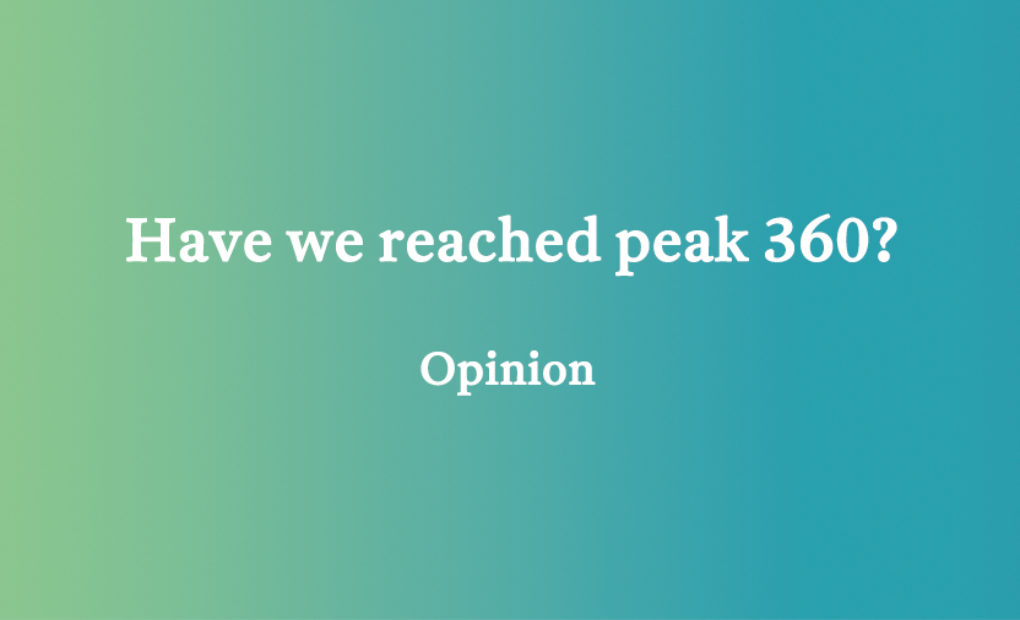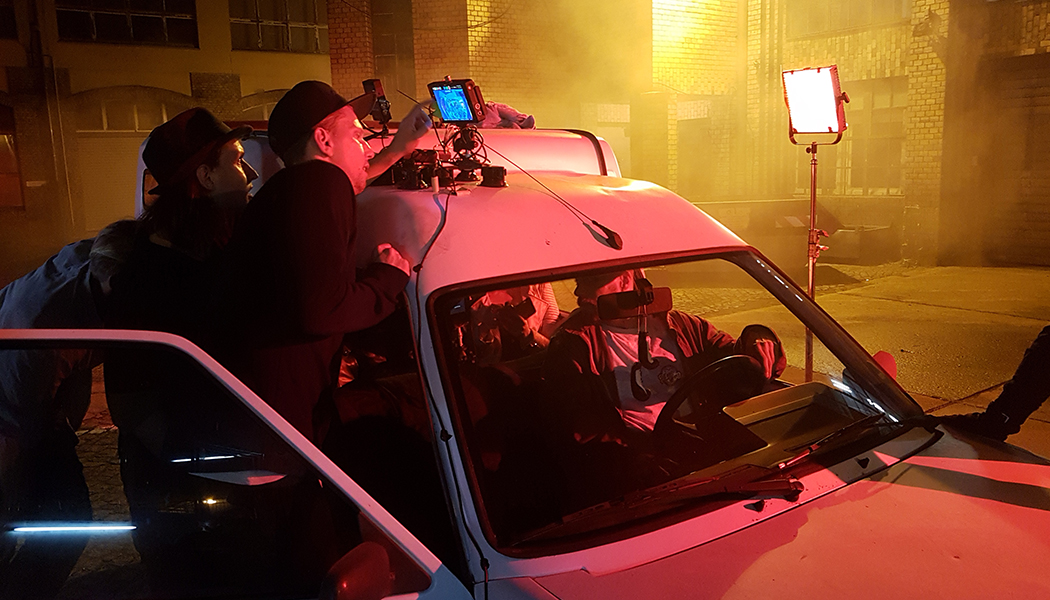
OPINION: VR Storytelling – have we reached peak 360°?
At VR conferences this year, the general consensus amongst industry peers is that VR has moved on from the wild west days of 2014 and progressed further from the discovery stages of 2015. Back then, the industry was still trying to define itself and what VR content was. This year we’ve seen games which are polished and well executed, hardware that was finally out of perpetual beta, and Facebook taking VR so seriously, that Zuckerberg took the stage at the Oculus Connect 3 keynote and not only gave a very impressive social VR demo, but proclaimed that VR was the future of computing – three times!

Visualise on set shooting the 360° trailer for crime drama TEMPEL |
Are we ready to move on from 360 video?
The future of VR storytelling has been a common buzzword in the industry too. Gabo Arora, the director of the VR 360 film Waves of Grace said during his OC3 session, that he thought we had reached ‘peak 360’, and that he was now interested in telling stories using volumetric capture.
This is something I kept hearing from other leaders in the industry. It seems like a lot of VR visionaries now want to tell stories this way. For the uninitiated, volumetric capture is a technique for capturing real world locations and people and making them into fully navigable realtime 3D models.
It can also be used to describe experiences which are completely CG, built in game engines. There have been a number of really excellent examples of VR storytelling using real-time CG, like Henry from Oculus Story Studio, and Allumette from Penrose Studios. These are stories which are more like Pixar films you can move around in.
This trend is exciting but it has me a bit concerned. Are we in danger of trying to run when we have only just started to crawl?
Telling a story in VR
At Visualise, we focus a huge amount of energy on being able to tell a story in VR. We try to take ideas about story from traditional linear mediums and apply them to the new medium of VR. VR of course, is a totally different form of media than film or TV, which needs to be taken into account as well. In a 360 video, all the viewer can do is look around, and like regular film and TV is passive, however this is a huge conceptual step up from what we are traditionally use to in production.
This element alone means that narrative has to change, along with editing, blocking, lighting, and sound design. With volumetric storytelling, we have to take yet another element into account, the ability for the viewer to move around the scene themselves. Just because this is possible, doesn’t mean it will serve the story you’re trying to tell. Freedom of movement means you have to work harder to get your story across.
Looking ahead
I don’t think we’ve reached peak 360 and I believe 360 video will be a big part of VR for quite some time to come. Why? because I think that 360 video is still where the best stories will be told in this brand new storytelling medium. The industry still has a very long journey ahead. Perhaps to some extent we are still in the wild west, its just that the players and the hype keep getting bigger?
The VR industry still has a lot to prove before a billion people use it every day. Zuckerberg thinks that is going to take a decade, and if he’s right, that will be an enormous achievement. In the nearer term, over the next year or so I think we’re going to see some really fantastic experiences that drive people to buy the headsets. Perhaps VR’s killer app will emerge? Hard to say. For me, VR itself is the killer app.
Will McMaster is Head of VR at Visualise.

Comments